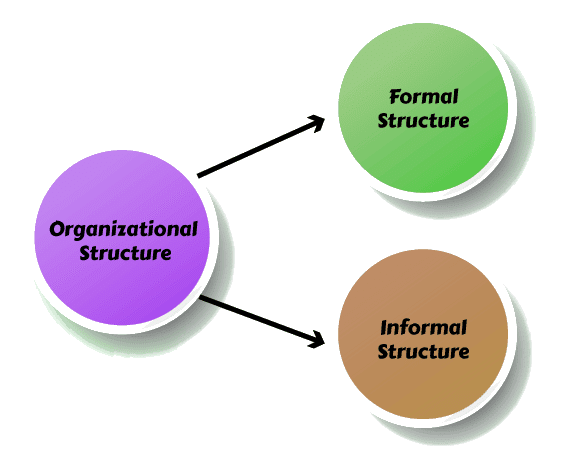Formal & Informal Organizational Structure | Crash Course for UGC NET Commerce PDF Download
Formal and Informal Organizational Structure
For the past four decades, experts in organizations have been consistently urged to blend two contrasting yet compatible concepts of internal organizational structure. Essentially, organizational structure is divided into Formal and Informal structures. The Formal organizational structure typically relies on clearly defined roles and responsibilities. On the other hand, the informal organizational structure, often referred to as the "social" or "network" structure, is based on recurring interaction patterns.

In an organizational context, formal structures typically encompass communication channels and a hierarchy of authority. When the scale and intensity of a problem increase, issues are more likely to arise in informal components, as highlighted by Pretorius (2004). Moreover, it is observed that deeper interventions in the informal organization lead to higher risks of failure and increased change costs. The presence of structure is evident when two or more individuals come together for a shared goal, establishing a formal and legal relationship, which is what we refer to as a formal organization.
Formal organizational structures are crucial for defining the hierarchical order within an organization, establishing clear authority relationships, and facilitating effective communication through predetermined channels. There are several types of formal structures, each with its unique characteristics:
- Line Organization: In a line organization, authority flows in a direct line from the top to the bottom. It is a simple and clear structure where each employee reports to a single supervisor.
- Functional Organization: In a functional organization, employees are grouped based on their skills and functions. This structure enhances specialization and efficiency within specific departments.
- Line and Staff Organization: This structure combines elements of both line and staff organizations. Line positions are involved in the core operations of the business, while staff positions provide support and expertise.
- Matrix Organization: In a matrix organization, employees report to both a functional manager and a project manager. This structure allows for flexibility and efficient resource utilization.
- Project Management Organization: In a project management organization, teams are structured around specific projects. This structure enables a focus on project goals and outcomes.
Contrasting formal structures, informal organizations are characterized by their fluid and dynamic nature. While not officially recognized, informal structures play a significant role in shaping company culture and influencing performance. Some key characteristics of informal organizations include:
- Informal communication channels that are not predetermined, allowing for easy interaction among members.
- Collaboration based on personal relationships rather than formal roles, leading to a more flexible and responsive environment.
- Managers can influence the informal system strategically, despite its intangible nature.
Formal Organizational Structure Characteristics
- The formal organization is based on labor division and specialization.
- Authority and responsibility are precisely defined within the formal organization.
- Communication lines are clearly specified in a formal organization.
- Formal organizations provide stability.
Informal Organizational Structure Characteristics
- Informal groupings and group assistance are utilized to solve work-related issues.
- It caters to the psychological and social needs of its members.
- Informal structures help bridge gaps in the management system.

A formal organization and an informal organization are fundamentally different. In a formal structure, members adhere to the command chain, while in an informal structure, this obedience is not strict. Additionally, formal organizations exhibit a clear superior-subordinate relationship, which is absent in informal organizations.
|
157 videos|236 docs|166 tests
|
FAQs on Formal & Informal Organizational Structure - Crash Course for UGC NET Commerce
| 1. What are the key characteristics of formal organizational structure? |  |
| 2. What are the key characteristics of informal organizational structure? |  |
| 3. What is the importance of formal organizational structure in an organization? |  |
| 4. How does informal organizational structure impact the workplace culture? |  |
| 5. How can organizations effectively balance formal and informal organizational structures? |  |
















